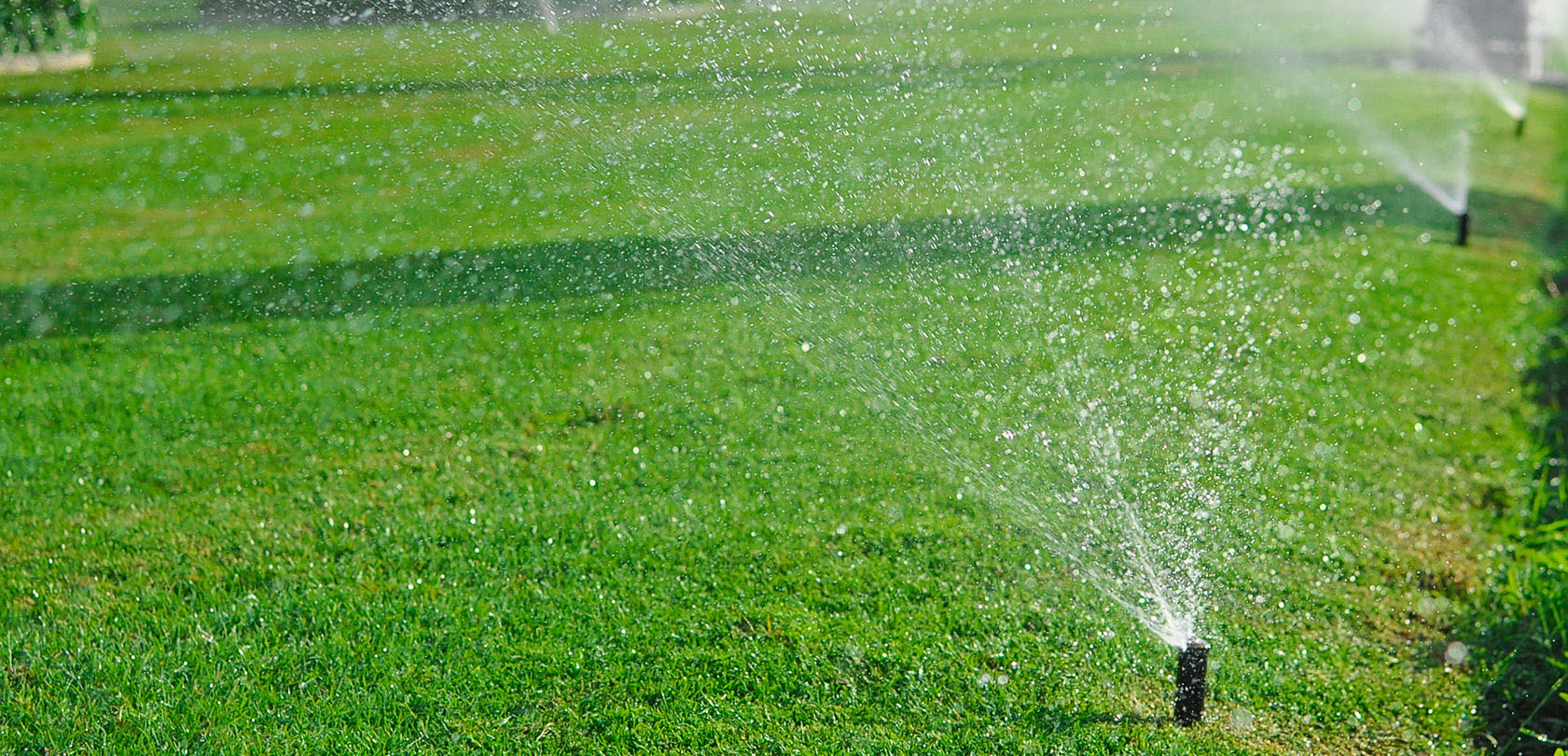Mistake #1: Set it and forget it
Mistake: Leaving your sprinkler on autopilot throughout the year means you aren’t watering right for your landscape's needs today - which are very different when it's 90-degrees versus 70-degrees
Fix: Check for leaks and broken heads. Adjust the time and frequency for your summer lawn needs (see below). And adapt your schedule when heavy rainfalls come through. If you want to not mess with it, install a smart Hunter Hydrawise controller to do the work for you.
Mistake #2: Watering too frequently
Mistake: Watering 4 or 5 days per week makes your lawn vulnerable to fungus, disease, thatch issues, weeds, and other weaknesses.
Fix: Water 2 days per week and adjust the run times per zone.
Mistake #3: Watering too little
Mistake: Short, shallow waterings don’t penetrate the root zone, stunting important root development.
Fix: Water deeply to promote a strong root system and a healthy lawn. We recommend 45-60 minutes for rotating heads and 15-20 minutes for fixed heads.
Mistake #4: Watering too much
Mistake: Standing water or satuated soils hours after irrigating can be a sign you’ve overwatered. When this happens, your root zone doesn’t get enough oxygen and can lead to fungus and other lawn disease.
Fix: 1 inch of water per irrigation cycle is good for many lawns.
Mistake #5: Irrigating too late
Mistake: Watering after the sun heats up causes water to evaporate. Evening waterings can also be problematic. Depending on where you live, damp grass and cool air create perfect conditions for disease and fungus.
Fix: Water before 10am in the morning to avoid water loss and disease.
If you need help with your Gainesville Sprinkler System, don't hesitate to fill out the form at the top of the page or call our team at (352) 378-5296.










